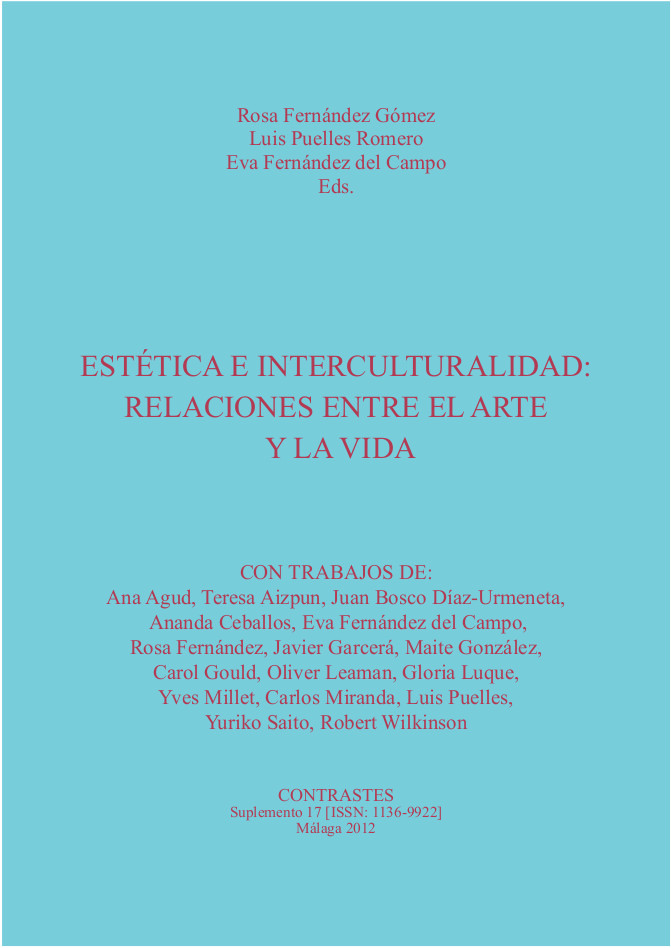Focillon, Bergson and Buddhist Aesthetics: A point in Focillon’s Reception of Japanese Art
Keywords:
buddhism, aesthetics, contemplation, zenAbstract
This essay focuses on a point in Henri Focillon’s interpretation of the aesthetics of Japanese art. Focillon fastens very precisely on a deep difference which exists in the understanding of the idea of aesthetic contemplation in the Western and Eastern traditions. Western traditional analyses of contemplation presuppose and embody assumptions about the ontological ultimacy of individuals that are absent from Eastern traditions in which the ultimate is conceived of as nothingness. In particular, the idea that the absolute is fully manifested in each phenomenal individual is absent from Western aesthetics. Focillon grasped this, and his views are contrasted
with those of Bergson, and confirmed by those of the eminent Japanese philosopher Nishida Kitarō, who was his contemporary.
Downloads
Metrics
Publication Facts
Reviewer profiles N/A
Author statements
Indexed in
-
—
- Academic society
- N/A
- Publisher
- Universidad de Málaga
Downloads
Published
How to Cite
Issue
Section
License
This journal provides immediate free access to its content under the principle of making research freely available to the public. All content published in Contrastes. Revista Internacional de Filosofía, are subject to the Creative Commons Attribution-NonCommercial-ShareAlike 4.0 license whose full text can be found at <http://creativecommons.org/licenses/by-nc-sa/4.0>
It is the responsibility of the authors to obtain the necessary permissions of the images that are subject to copyright.
Authors whose contributions are accepted for publication in this journal will retain the non-exclusive right to use their contributions for academic, research and educational purposes, including self-archiving or repository in open access repositories of any kind.
The electronic edition of this magazine is edited by the Editorial Service of the University of Malaga (Uma Editorial), being necessary to cite the origin in any partial or total reproduction.






5.png)
